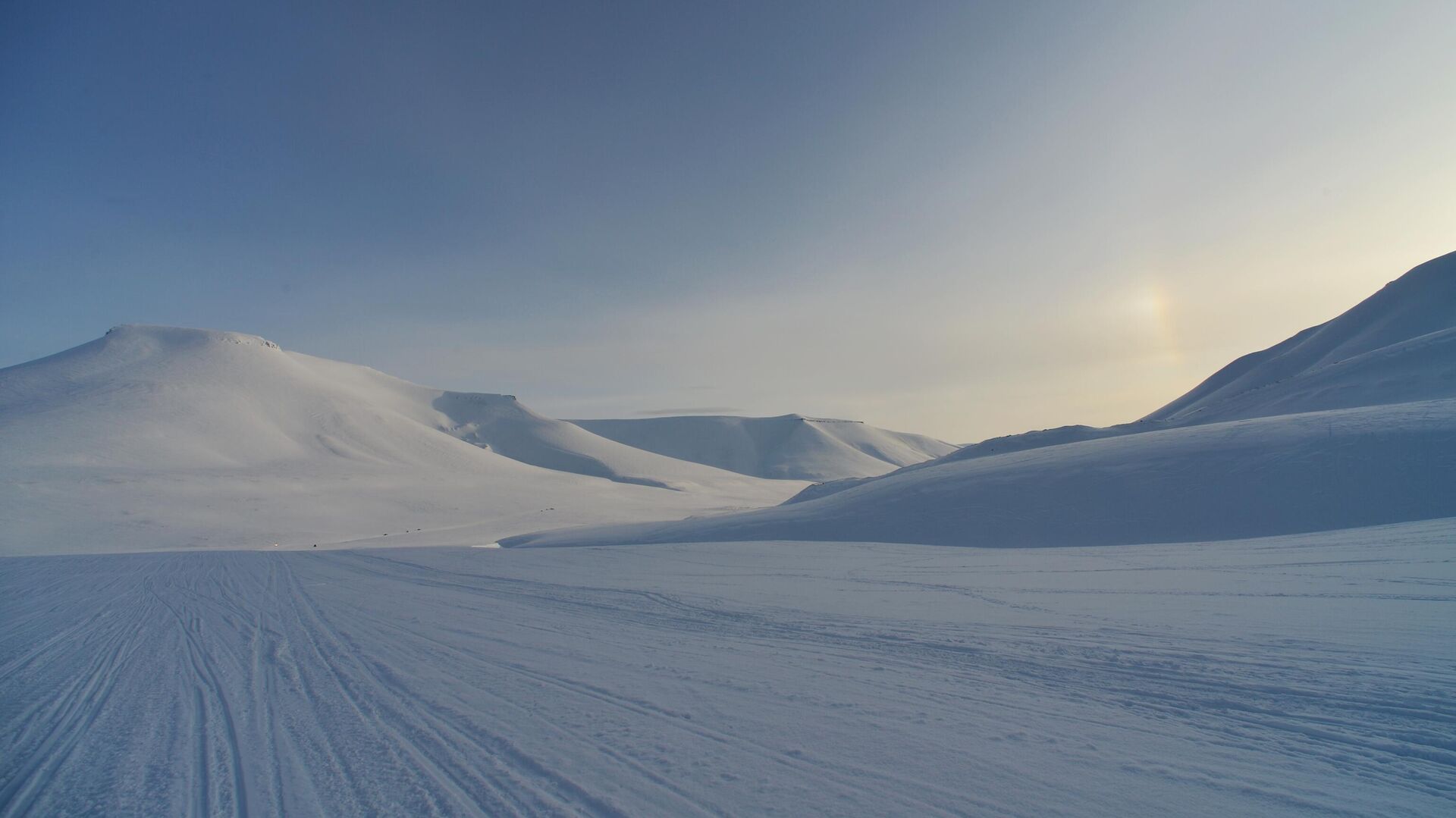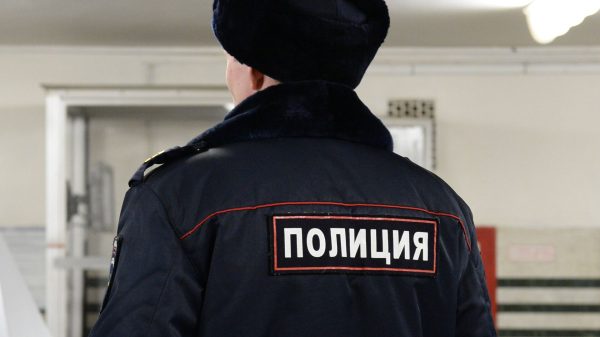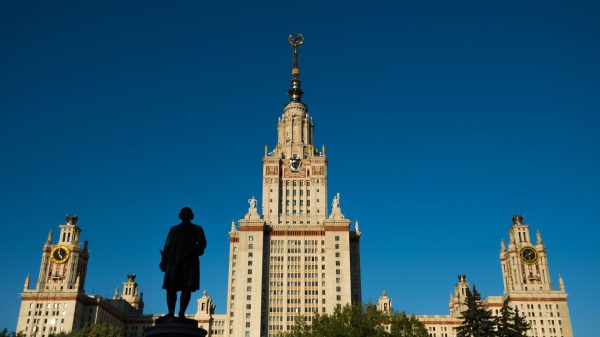
MOSCOW, December 5Russian scientists, together with foreign colleagues, have come to the conclusion that the high diversity of microorganisms inhabiting the permafrost zone can significantly reduce the rate of atmospheric warming at the Earth's surface, the Russian Science Foundation (RSF) reported.
From 1750 to 2020, the average temperature at the Earth's surface increased by about one degree, but in permafrost zones, areas have warmed by an average of as much as four degrees over the past 70 years alone. This is explained by the fact that when permafrost thaws, favorable conditions are created in the soil for the development of microbial communities that process the thawing ancient carbon into methane. This greenhouse gas, in turn, enters the atmosphere and contributes to further warming.
At the same time, methane is more dangerous than carbon dioxide in terms of warming, since in order for the temperature to rise, conventionally, by one degree, it requires 17 times less of it. Thus, microbial activity in permafrost zones may influence the rate of warming, but it is still not taken into account in existing forecasts.
Researchers from the company «Center for Scientific Research and Development» (TSNIR, Veliky Novgorod), St. Petersburg State University of Industrial Technologies and Design and the Institute of Mechanical Science of the Russian Academy of Sciences (St. Petersburg) with colleagues from the University of California and Howard University (USA) analyzed how the number types of soil microorganisms influence the rate of permafrost thawing and the rate of warming. The authors used the so-called Goody mathematical model, which simulates the dynamics of the planet’s atmosphere.
In this model, the atmosphere is considered as a set of individual cells in which air circulates: below, near the Earth's surface, it heats up, then rises, then cools and returns to the Earth again. To understand how this system is affected by methane released by permafrost microorganisms, the authors expanded Goody's model by introducing mathematical functions that describe the flow of greenhouse gas synthesized by bacteria.
Scientists looked at two cases: when the diversity of permafrost microbes is low and when, on the contrary, it is high. At the same time, the authors took into account that each type of microorganism has its own temperature that is optimal for life. That is, when permafrost melts and the ground temperature reaches its optimal value, bacteria begin to actively grow and release large amounts of methane.
Calculations have shown that if the diversity of microorganisms does not exceed three species (which means that the optimal temperature for them is approximately the same), the system turns out to be very unstable. It is in this case that we should expect the beginning of a massive release of methane into the atmosphere and, consequently, sharp warming. When there are many types of bacteria, their optimal temperatures differ, and there will be no sudden release of greenhouse gases.
In addition, as the authors note, with high microbial diversity, the system under consideration turns out to be stable also because different species compete with each other and partially suppress each other’s growth. This also prevents the intensive growth of individual populations and the massive release of methane.
«We were able to show that the moment at which a sharp jump in temperature at the Earth's surface can occur depends on microbial diversity. This is determined by humidity, temperature, nutrient content and acidity of the soil. And although we cannot influence microbial diversity, we found the dependence must be taken into account when developing warming forecasts,” noted Elena Savenkova, a participant in the project supported by a grant from the Russian Science Foundation, senior researcher at the Central Scientific Research Center.
«Existing models do not take into account the activity of permafrost microorganisms, but if this factor is included in them, it can adjust the temperatures predicted by 2100 by several degrees, which is quite significant. In the future, we plan to take into account more differences that exist between different species of microorganisms so that we can already quantify the contribution that low and high microbial diversity makes to warming,” she added.


























































Свежие комментарии